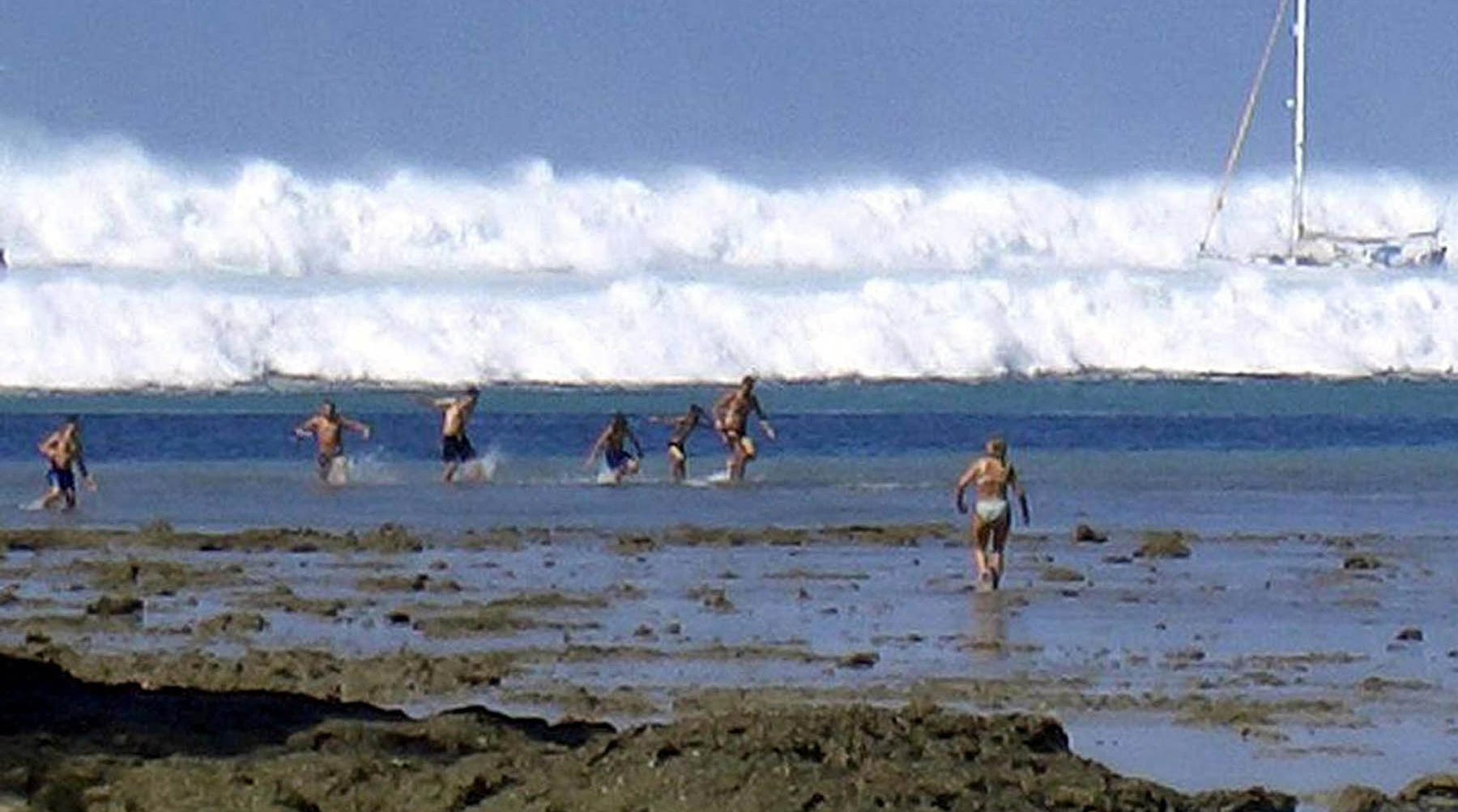
Amateurs make the front page
30 Pictures that have not changed photojournalism
Is the question of competition between professional and amateur photographers still relevant? What has happened to the dream of becoming a photoreporter?*
Photojournalism appears to be caught in an ongoing crisis, competing as it did in the past with movie news, then television, and now digital media: the alleged threat of competition from amateur photographers could spell the end of photojournalism.
With mobile telephones, billions of individuals can now have access to cameras and be connected to social networks. Wherever an event occurs on the planet today, there is every chance that an eye-witness will be there, somewhere, ready to get the “first” shot, the one the photojournalists are after.
Looking at this scenario in relation to what has actually happened, the conclusion is that amateur pictures are rare, that there has not been a huge surge of amateur photography. Every onlooker has not turned into a photographer.
A standard practice for news stories is to have eye-witness reports, so how did visual eye-witness records develop to become a threat to photojournalism?
With the global financial crisis and the Utopian view of citizen journalists, a separate argument appeared and was developed in the media, boosted by genuine apprehension felt by professional photojournalists, and it seemed to be a response to the question asked.
Preview
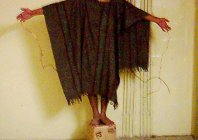
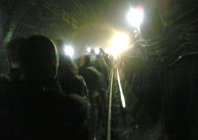
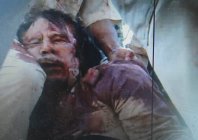

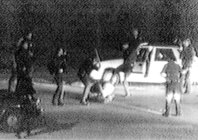

The photos of Abu Ghraib triggered a spectacular scandal and, for some, constituted the latest form of storytelling. Ideas were muddled, even invented, and everyone had an opinion, including agencies and professional unions and associations. Amateur photography seemed like a good scapegoat.
As some of the wild enthusiasm for active involvement on the Internet has now faded, perhaps replaced by criticism of big data, the theory that amateurs are competition appears to be fading too. The threatening rival has now become simply the person standing nearby, the eye-witness who may or may not be used by the press. (A recent example of this was seen with the attack in France on a Roma teenager named Darius who was found unconscious after being attacked and left for dead.) Amateurs have not become a threat through the widespread use of smartphones, but found a role with the emergence of alternative media.
The myth of amateur photographers taking over will remain as nothing more than the sign, no doubt symbolic, of times of great technological and economic change that were also challenging times for traditional journalism.
Samuel Bollendorff & André Gunthert





